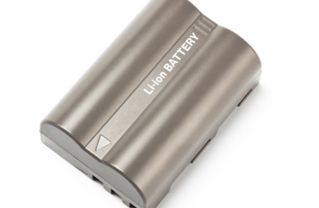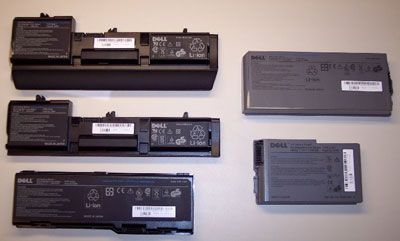Overheating laptops have gotten a lot of press over the last few years. The problem first gained popular attention around 2006, when reports of laptops actually catching fire started trickling in around the globe. The problem there was faulty batteries, and companies like Dell, Sony and Acer had to initiate major recalls.
The general issue of hot laptops is separate from those bad batteries, but laptop "explosions" certainly brought attention to the basic cause: Scorching heat is a bad trait for something that sits on your lap. People have actually gotten burned [source: BBC]. Short of that, hard drives are damaged by excessive heat.
Advertisement
But if the problem isn't a bad battery, what's making these laptops so hot?
You've probably noticed that all of your electronics get hot when they run for a while -- try putting your hand on the DVD player after you play a movie. Electronic components generate heat when they're working, and your laptop is no different.
In this article, we'll find out why laptops get so hot and see what you can do -- in terms of both maintenance and add-ons -- to keep yours cool. You don't even have to spend any money to do it.
There are two major reasons why laptops have more of an overheating problem than desktops. First, since laptops are smaller than desktops, those electronic components are crammed in there more tightly. Since they're closer together, and since the casing of a laptop is so narrow, there's not much room for the heat to dissipate.
The other issue is power. As laptops get more powerful processors, and as operating systems require more of that processing power to run, more heat is being generated inside the case.
Of course, laptop manufacturers know about this, and there's lot of stuff inside the unit that's supposed to remove this heat. Fans, heat sinks and air vents all work to cool down a laptop while it's running. Sometimes, though, it's just not enough. Overheating can happen when a fan isn't working properly or there's some other malfunction. But sometimes, it's more the user's fault than the machine's.
So before we go discuss an external cooling setup, let's find out how we can help our laptops stay cool on their own.
Advertisement




